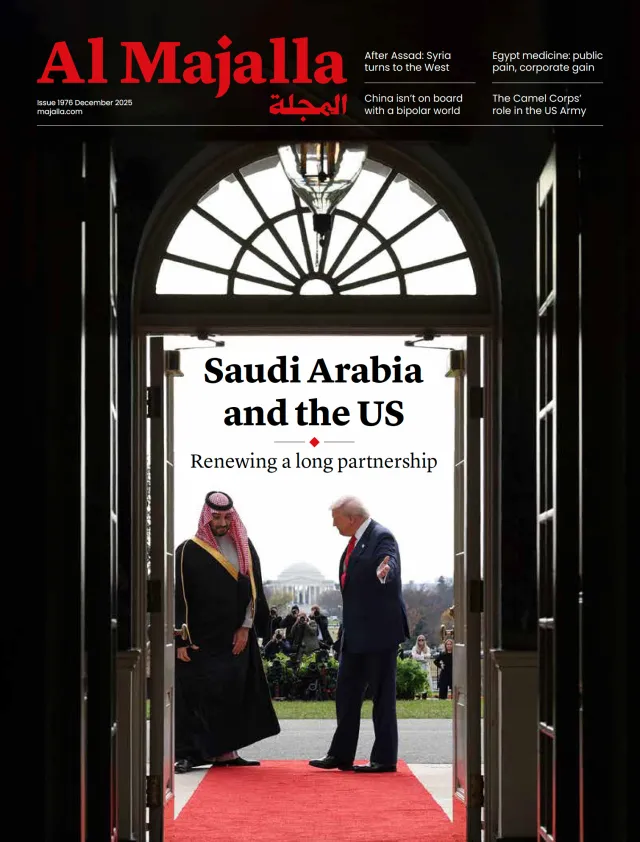It is a short walk from the White House to the Federal Reserve in Washington, D.C. at the intersection of Constitution Avenue and 20th Street. Yet despite being short, the walk these days feels more like crossing a battle line, such is the rancour and rhetoric from US President Donald Trump towards Fed Chair Jerome Powell.
Arguably, these are the two most powerful men in the United States, possibly even the world, given the impact of their decisions, yet such a public and vitriolic falling out between the White House incumbent and the head of America’s central bank are vanishingly rare, for good reason. Yet in this as in so many other ways, Trump breaks the mould, unleashing a torrent of threats and accusations against the man whose decisions on interest rates have so irked the president.
Last week, tensions almost got out-of-hand. At one point, Trump was preparing grounds to dismiss Powell under the pretext of wasteful spending on renovations at Fed buildings, apparently ready to cross one of America’s most sacred red lines: political interference with the independence of the Federal Reserve. That is, until Wall Street pushed back.
Independence non-negotiable
Russell Vought, Director of the Office of Management and Budget, had earlier sent a letter to Powell conveying that Trump was “extremely troubled” with the refurbishment, a thinly veiled accusation of financial mismanagement. Powell swiftly responded by asking the Fed’s Inspector General to review the project. Soon, the markets got wind of it.
Heavyweights from the financial world stepped in, including Brian Moynihan of Bank of America, Jamie Dimon of JPMorgan Chase, Jane Fraser of Citigroup, and David Solomon of Goldman Sachs. Their message was unanimous and uncompromising: the independence of the Federal Reserve is non-negotiable. The Fed is independent by design, they said. It was established to remain beyond the reach of both the executive branch (the government of the day) and the US Congress. Any political interference would have dire consequences.




